|
Before the ubiquitous diesel truck, most quarries of any size boasted a couple of locomotives to shunt waggons around their internal tramways, taking rubbish to the tips, or rock to the mill. Of course, those locos needed somewhere out of the weather to shelter overnight, or be worked on. This was never more important than at Dinorwig, where the prospect of doing maintenance, out of doors, on a steam locomotive didn't seem like a very inviting idea. Most of the galleries are in exposed locations, and a good many of them are over the 1,000 foot contour line, right in the way of those snell Snowdonian winds. The locos didn't just shelter overnight either- they had major repairs done to them on the galleries. The prospect of lowering a loco down the inclines to the works at Gilfach Ddu was not something to be taken lightly. Quite apart from the danger inherent with such an operation, the locos had to be stripped down and their motion removed to ride the inclines...reading some accounts, it seemed a risky business, one better to be avoided unless absolutely necessary. So it was that some locos stayed up in their lofty eyries for thirty years before going down to the works for overhaul. Perhaps a pretty major one, though- after 30 years of continuous use! 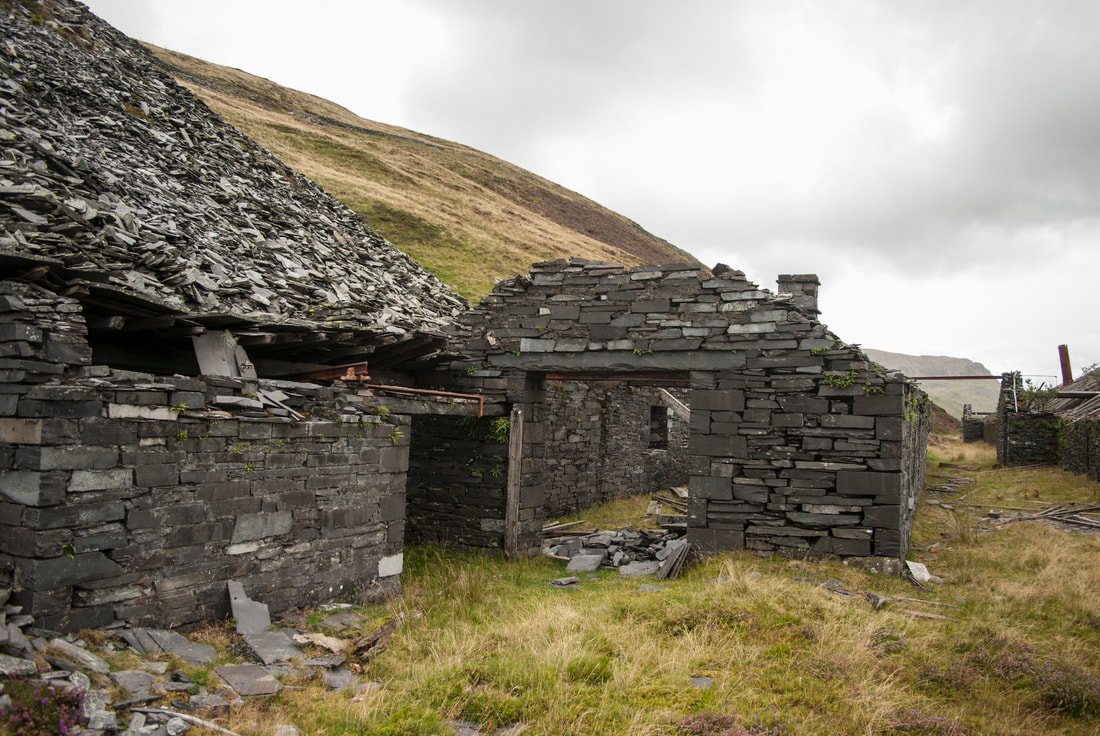 Australia shed, 1600 feet up a mountain! Here it was that "Alice" lay for many years. She was in company with "Irish Mail" for a while, and before that, between 1930 and 1945, "Maid Marian". There's a photograph in Boyd's book (see bibliography) of Alice resting in this shed from almost the same angle. On a gallery in the Braich district like Pen Garret, the rubbish runs were nearly a mile long and then there was rock to be removed in "Car Cryn" (slab wagons) to the top of the incline and rubbish to be marshalled in "Wagan Dipio". Plus sorting, shunting and...derailing. This latter was not an unusual occurrence; wagons would fall off the indifferent trackwork, at which point the loco crew would have to get off their steed and reform the errant vehicle with crowbar and some basic Welsh invocations. Usually other quarrymen would pitch in and help, especially if it was the loco that had lost her feet- after all, a delay in sending slate to the mill or rubbish to the tip affected everyone's pockets. The loco drivers always reckoned that they were the fittest men in the quarry with all the running about, heaving couplings and chains, pulling point levers and, of course, re-railing. I haven't uncovered all the sheds yet, there are some which have been lost forever (such as the one on Hafod Owen) and and in any case, this doesn't purport to be an exhaustive account. For instance, I've not mentioned the shed at Vivian which housed the original Horlock locomotive...more of that soon. 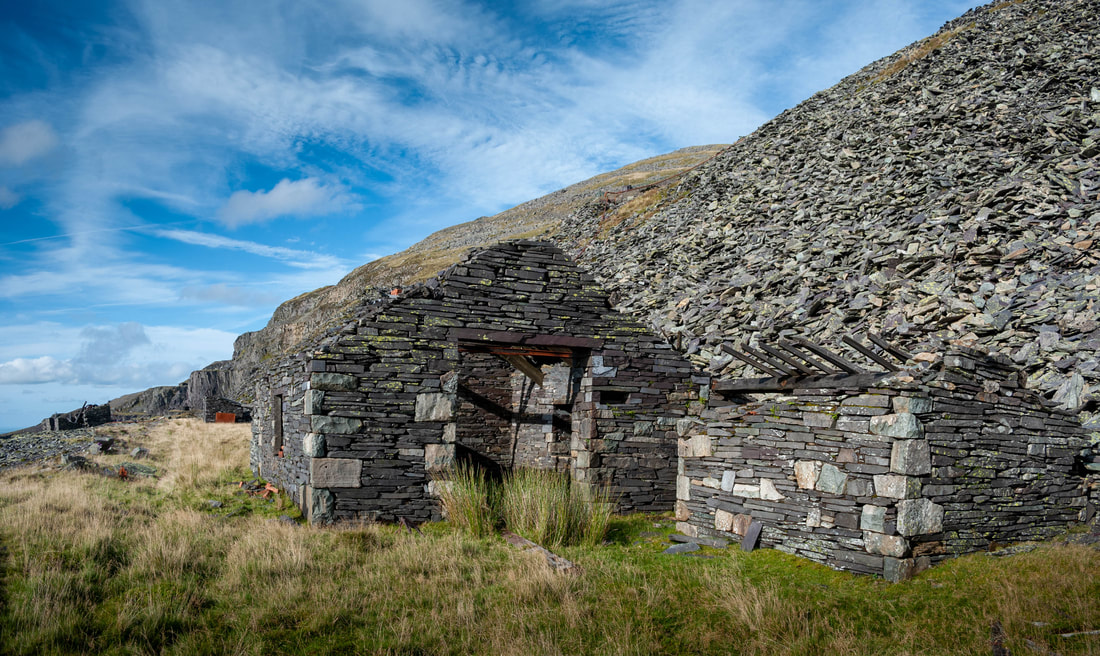 Lernion shed, in the Braich district. This was the highest shed in the British Isles, at over 1800 feet above sea level. Draughty... definitely a case of the thermals in winter! "Michael was resident here from 1931 until1945, then "Red Damsel" and finally "Holy War" until 1960 when moved to Penrhydd Bach. I've not spoken much about the locomotives, thinking that most folk are familiar with them...Hunslet, mostly... small, pesky but rather cute...the Jack Russells of the loco world. If this doesn't ring a bell, then you are most fortunate and have a wonderful journey of discovery ahead- I have provided references at the end. The other wonderful thing is that many of the latter-day locomotives are still with us, working on preserved railways up and down the country. Indeed, most have been in preservation for longer than they were working, but I really don't want to go into that! I tend to think of them as old friends, as I have been reading about them and looking for them since my teens (not yesterday) -I always have a few misty moments when encountering them in their new habitats, where I am sure they are less taxed. Most of the sheds in the quarry were self-contained and followed a pattern- there would be two slate pillars outside the front doors with a strong girder between them, which would act as a support for pulley blocks to lift the loco off it's wheels, or remove the boiler. Inside, there would be a pit, essential for inspecting and working on the motion, for valve setting and generally oiling and checking things. Some of the sheds had a store attached for essential spares like firebars etc and to keep coal dry. Others had a caban, as at Penrhydd Bach. Or sometimes there was a tandem shed, as at Pen Garret. All were made of slate. There were other sheds around the quarry for locomotives to shelter in during blasting operations, as damage to a loco could be expensive in materials and man-hours, let alone the dire consequences of having to explain the damage to management. These sheds are in the form of simple open-ended shelters, like a very over-engineered car port. 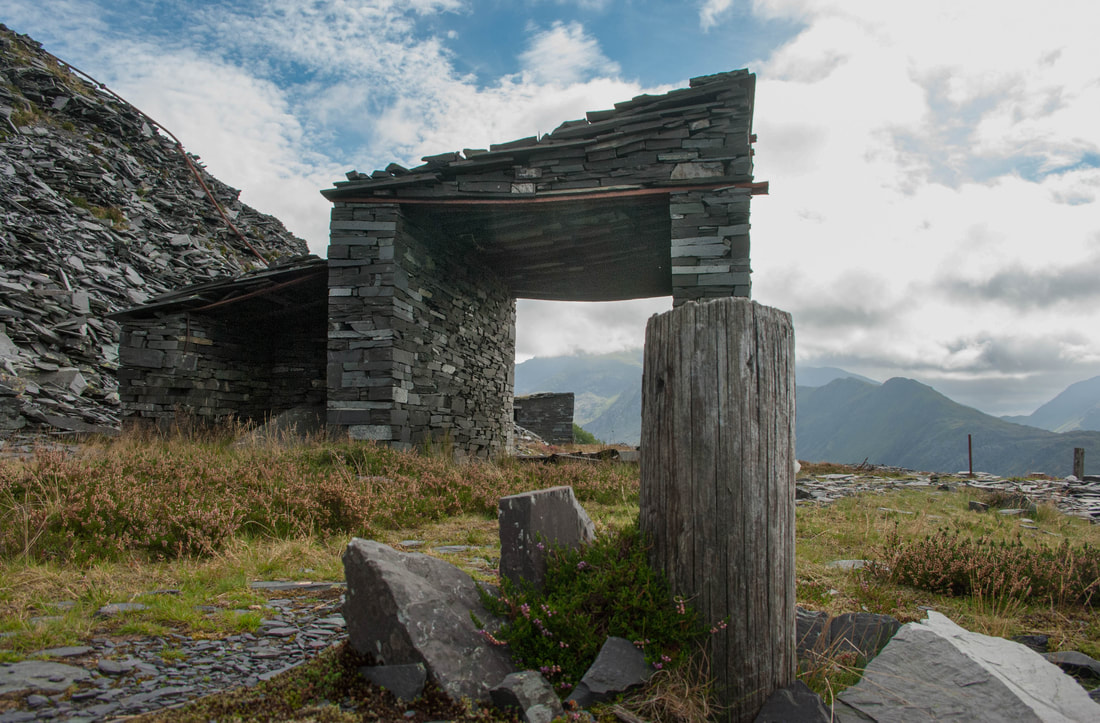 There's a photo of this structure in J.I.C. Boyd's book on the quarry, which he captions: "In such shelters as these, locomotives might lurk during blasting operations..." Pen Garret level, Dinorwig. Boyd's photo is from the other side, looking towards Garret and is an interesting study, if you have the book. Of the locomotives themselves, most galleries had one or two, and they were crewed by the same folk for years on end. An older man would be the driver, with a young lad, or teenager as the "fireman"/shunter/tea brewer/general gopher. Many young lads had the opportunity to join family members in a "bargen" with a team of rockmen, or work in the mill, but a surprising number wanted to crew the little locos. It wasn't really a popular choice with the other lads, as it was seen as a sinecure and rather unskilled. Mickey-taking could ensue. The wages were a little lower to begin with, and there was always the matter of waiting for dead men's shoes. The little Hunslets certainly are easy to drive- I have spent a couple of very enjoyable days abusing slate trucks with "Lilla" and can vouch for that- but factor in all the things you would have to know about the sometimes labyrinthine working practices and the unexpected events on the galleries and I don't think it was such a pushover. Plus, the locos had to be lit up an hour and a half before work started, which meant climbing the endless steps up the Foxes' Path, for instance to Australia level, well before even the quarrymen had flung a leg out of bed. Unlike in other quarries, there are some first-hand records from the drivers and other quarrymen concerning the working and stabling of the locos, and these can be discovered in the books listed at the end of the post. In the early days, the drivers were encouraged to take a pride in the locos by a system of bonuses and a sort of league table. Those that failed in this endeavour were generally ill-regarded and could be turfed off the job if they didn't mend their ways and buy some Brasso. Even in the fifties, photographs of the locos show them to be well cared for and clean in most examples. Much later in the quarry's story, there is the poignant moment in the lives of the sheds when they were abandoned by their tenants, who were never to return. Some, like Alice on Australia level, stayed for a long time after closure. In the sixties, early on in the preservation movement, most thought it was too big a project to rescue her and send her down the now sketchy inclines, although other engines, like "Michael" did take the plunge. It was left to members of the West Lancashire Light Railway group to perform the rescue operation in 1972, where the RAF and their Chinook Helicopter had failed before them. The full story can be read in Cliff Thomas's excellent book...suffice to say that she is now restored and has even had some trips abroad! Douglas Carrington's book also has some wonderful accounts and photos of other loco rescue operations at Dinorwig. It's nice to happen upon previously unfamiliar photographs of the locos in their sheds at the quarry, and scrutinise them before realising where the location is, whereupon a warm glow of recognition permeates the sentimental mechanisms of this old ferroequinologist. I have particularly enjoyed finding the locations in Boyd's photographs. Finding little bits of graffiti from the thirties and forties is also very rewarding, even if it is sometimes scrawled over by the ill-educated churls who wander the galleries in search of things to throw. Finally, I noted something special at the last shed I visited, at Pen Garret on the Braich tip runs. The shed was approached by a cinder path, something that will chime with railway enthusiasts of a certain age who remember bunking BR loco sheds. That the cinders were without doubt from steam locomotive fireboxes was almost too nostalgic to contemplate, especially as soon afterward I made the discovery of some old firebars, lying in a pile where they had been discarded probably sixty years ago. In conclusion, if you have a sympathy for small, impudent steam locomotives and a love of quarries, visit Dinorwig. Go quietly and please don't throw or displace anything. Just stand and feel the little iron ghosts around you as they chuff fussily about the galleries. Some further reading: "Quarry Hunslets of North Wales - The Great `Little` Survivors" 1st Edition - August 2001 by Cliff Thomas ISBN 0853615756 Book Hardback 256 Pages 200 B&W Photographs Publisher: Oakwood Press "Narrow Gauge Railways in North Caernarvonshire - Volume 3" 1st Edition - Reprinted 2001 by James I C Boyd ISBN 0853613281 Book Hardback 336 Pages Publisher: Oakwood Press Series: British Narrow Gauge Railway "Delving in Dinorwig" by Douglas Carrington, ISBN: 9780863812859 (0863812856) Publication Date January 2004 Publisher: Llygad Gwalch Cyf, Llanrwst Format: Paperback, 92 pages "Dinorwic: The Llanberis Slate Quarry, 1780-1969" Reg Chambers Jones ISBN: 978-1-844940-33-2 Bridge Books "Slates to Velinheli" The Railways of Tramways of Dinorwic Slate Quarries Llanberis Published by Maid Marian Locomotive Fund Written by D. C. Carrington and T. F. Rushworth "Up there
between the mist wraiths the iron ghosts rumble occasionally peering from tunnels spooking the goats" Comments are closed.
|
TracksReceive the occasional Treasure Maps Newsletter- and alerts when a new post is available!
If you enjoy my content, please buy me a coffee!
Check out my other online activity...
Index
All
|
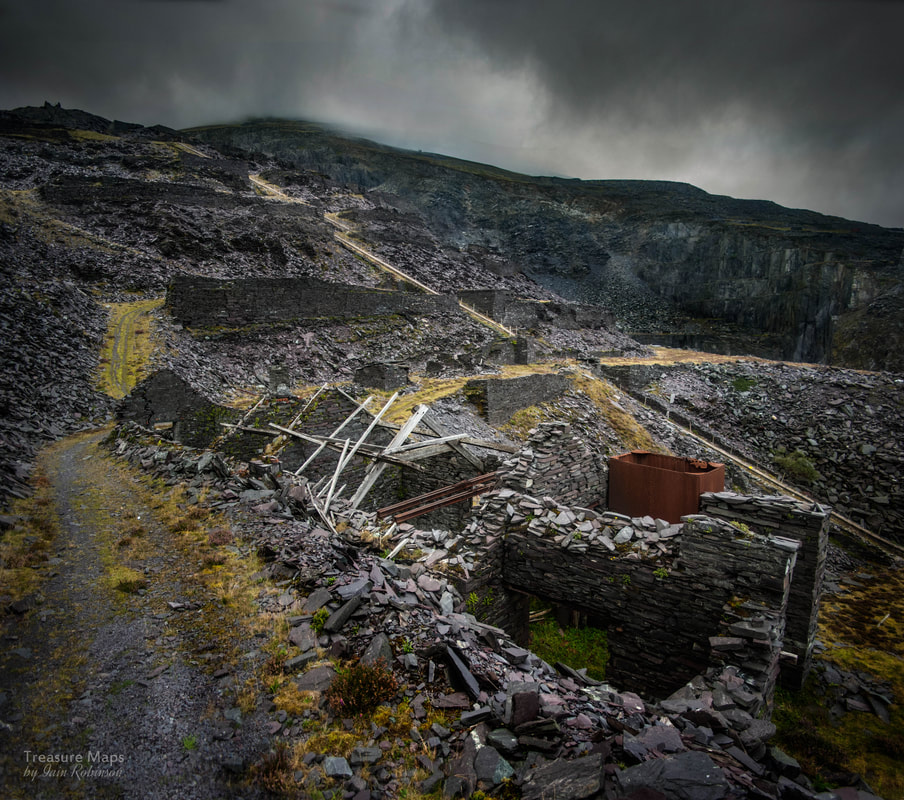
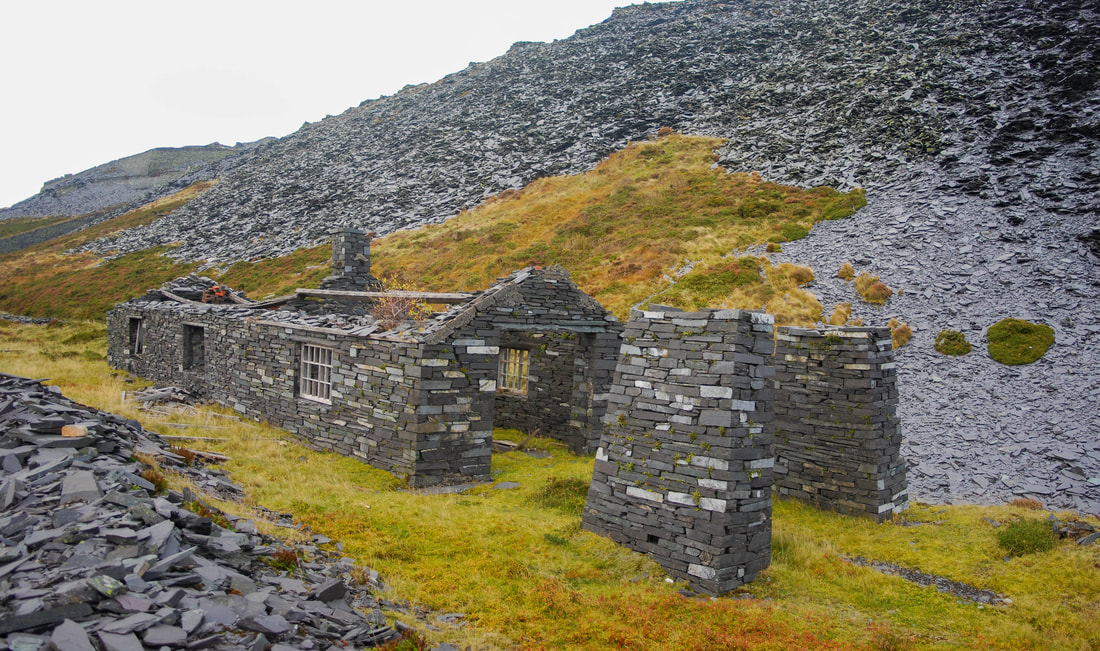
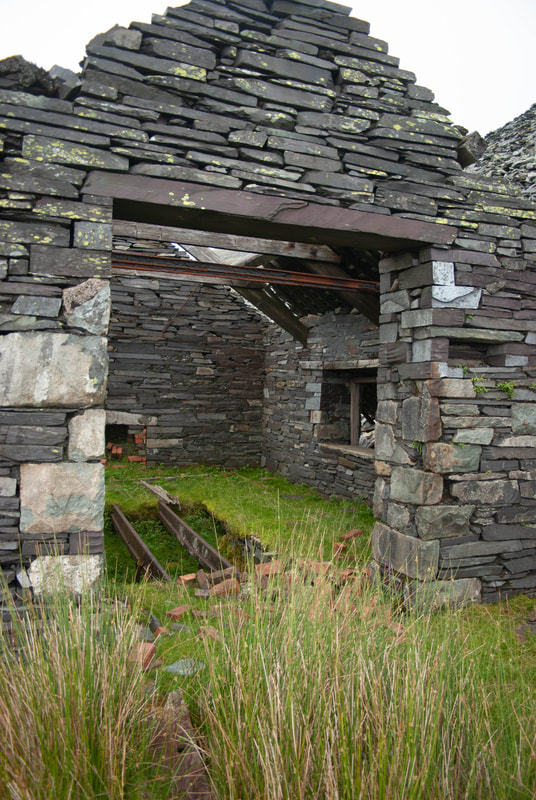
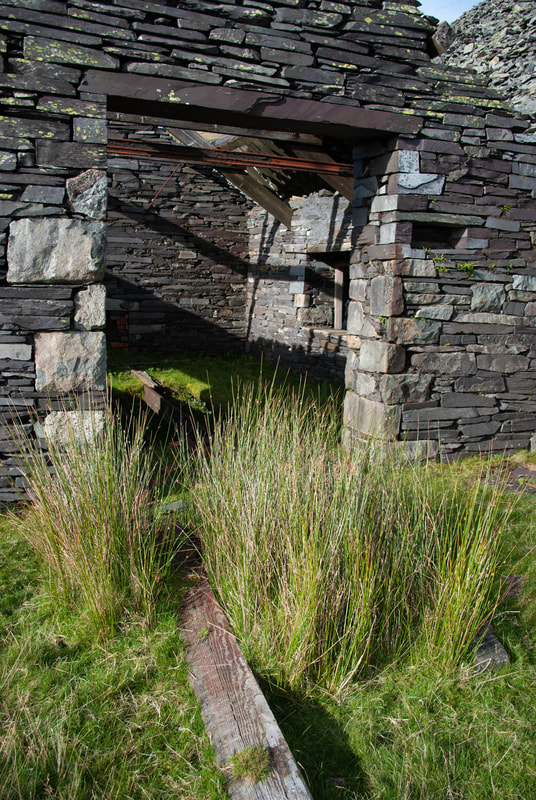
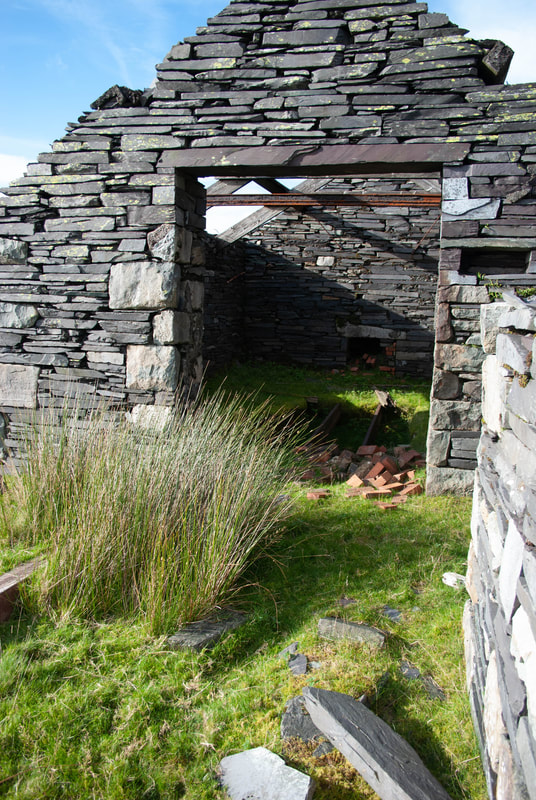
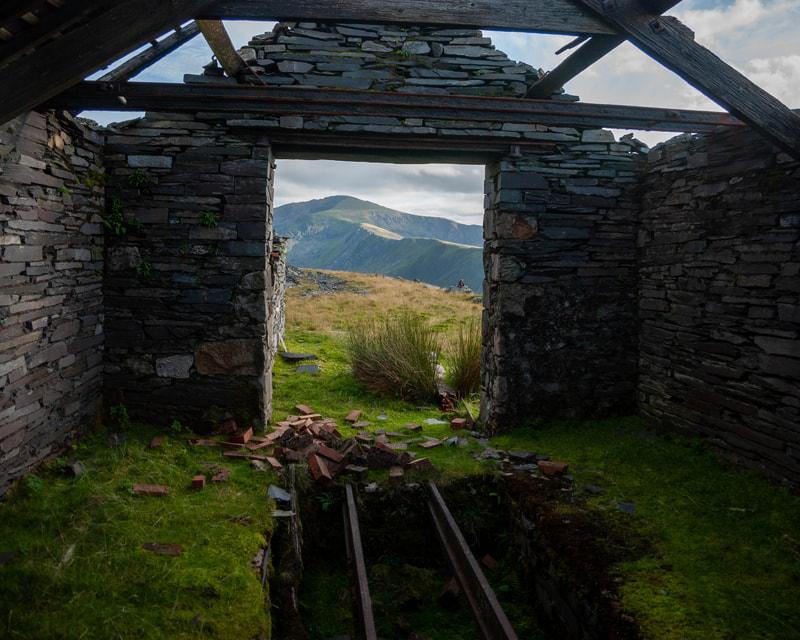
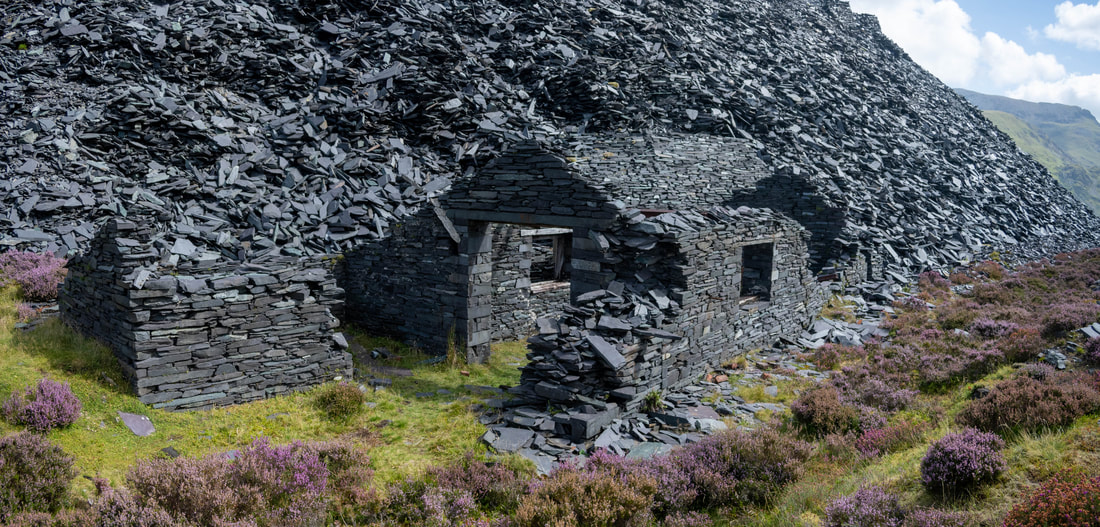
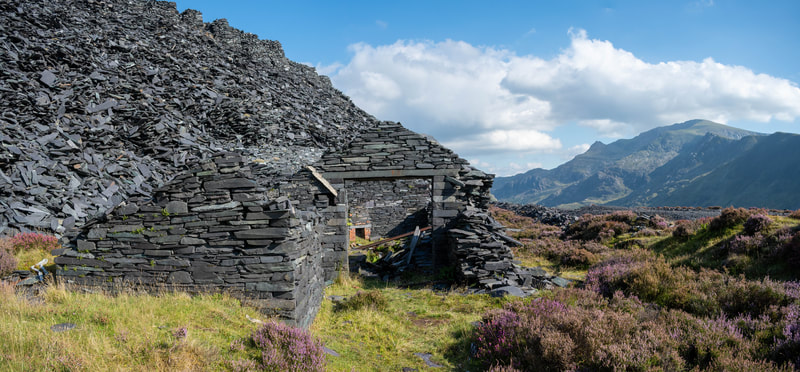
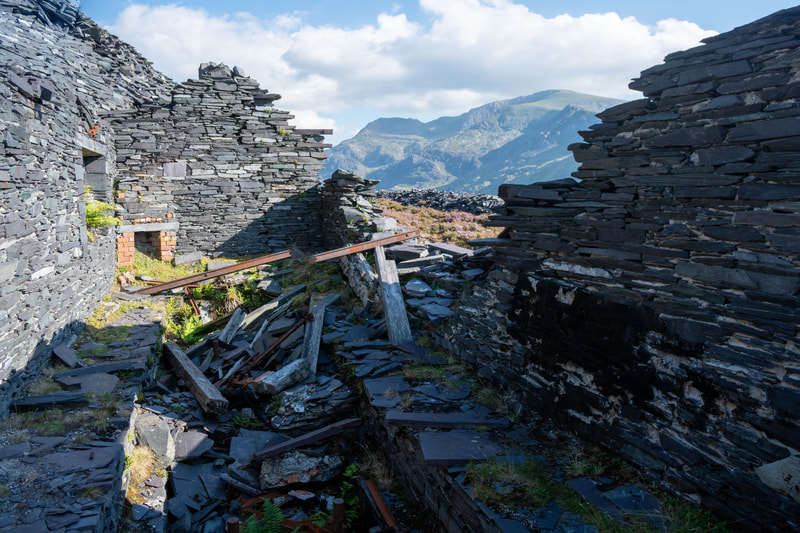
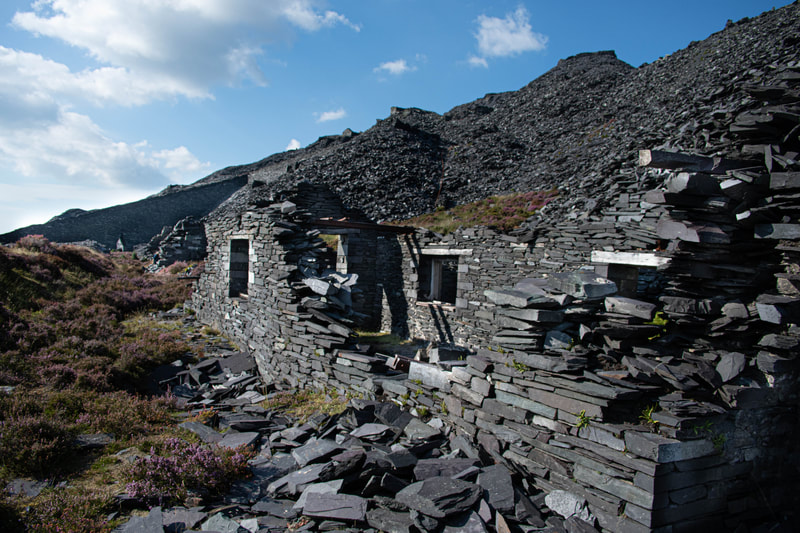
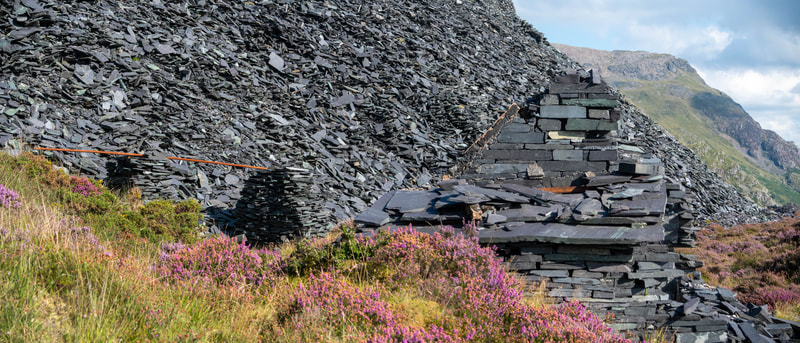
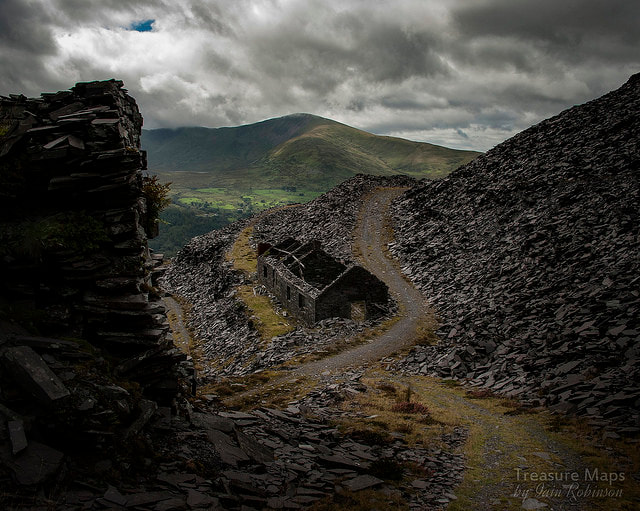
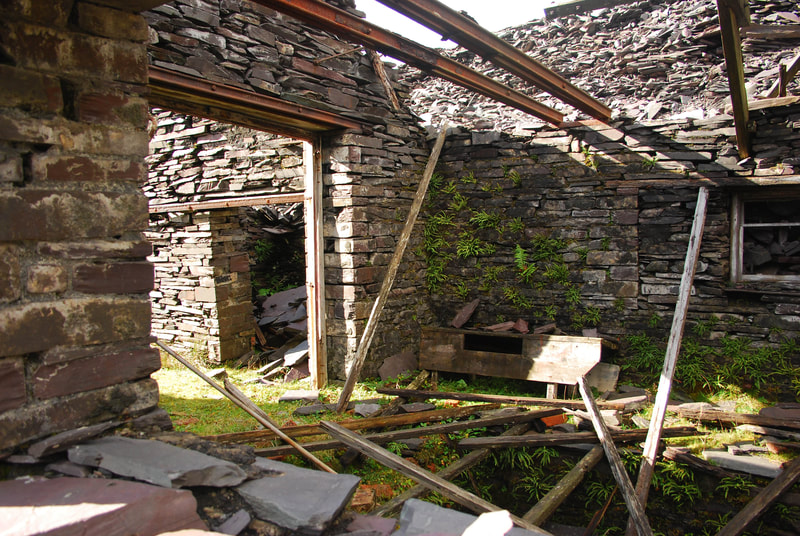
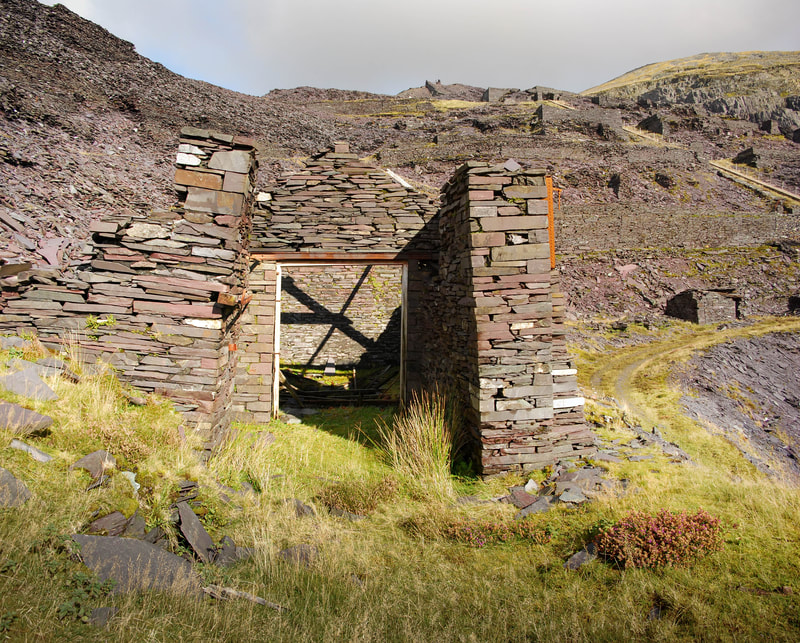
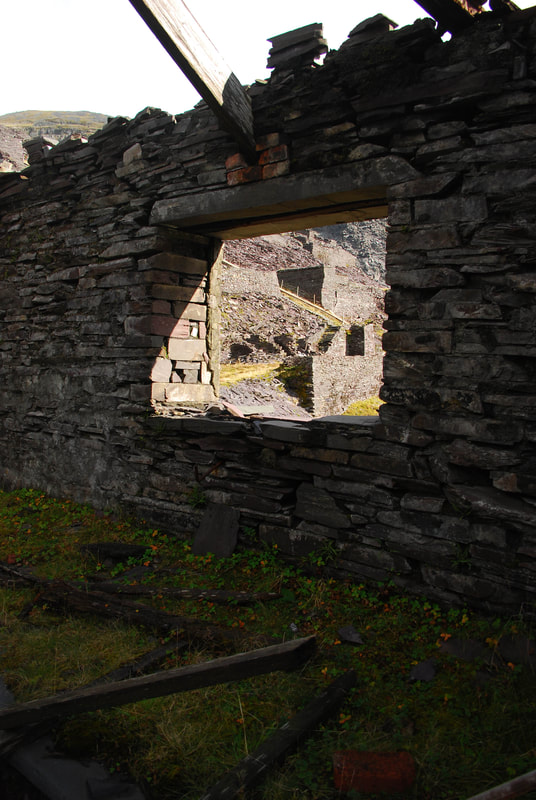
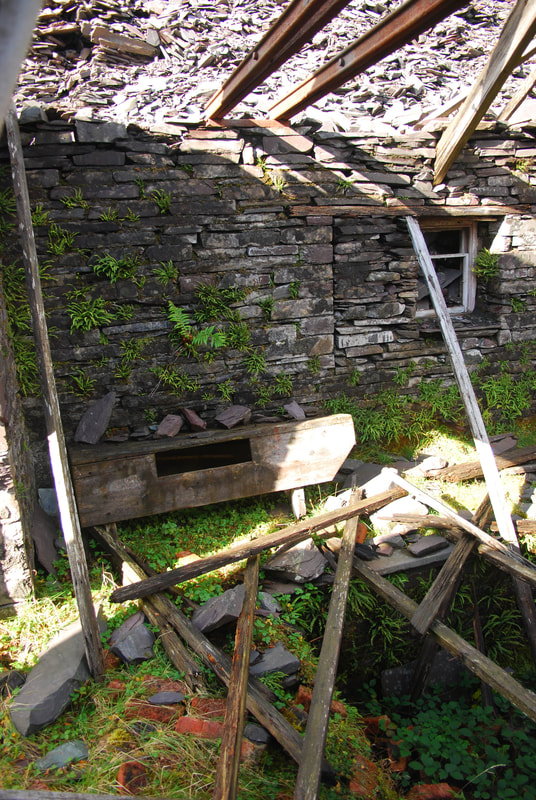
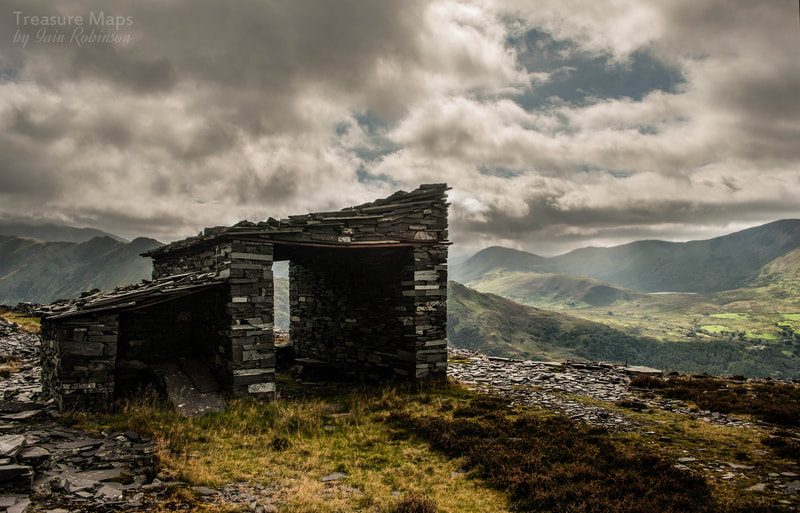
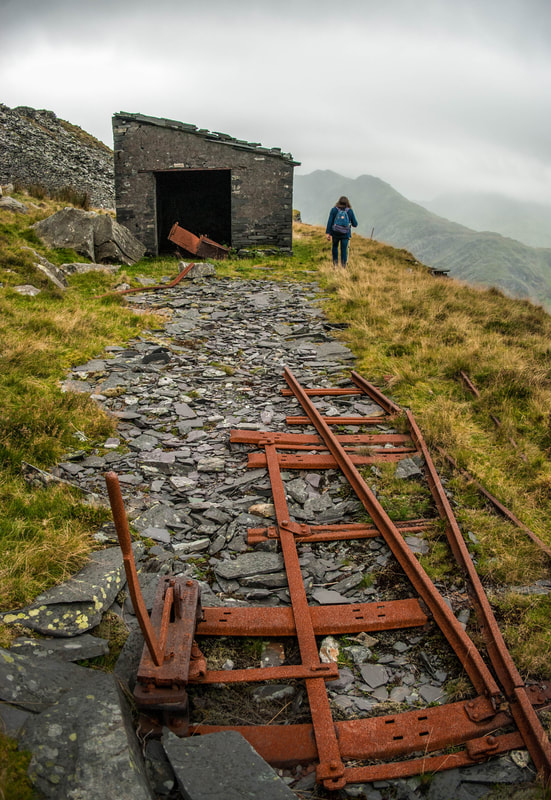
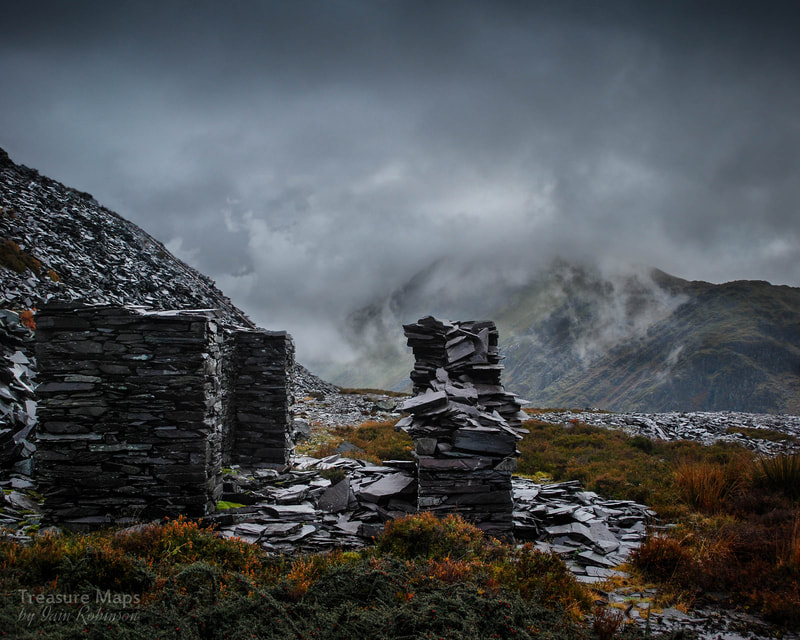
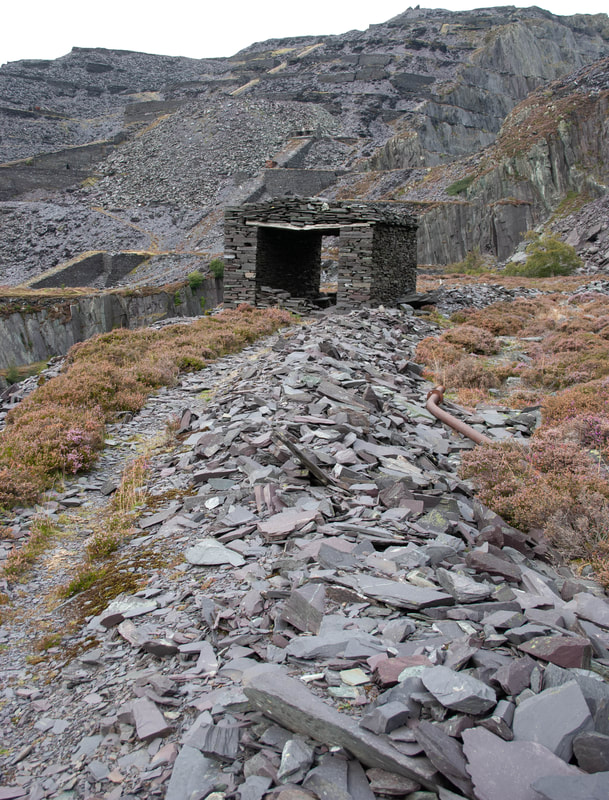
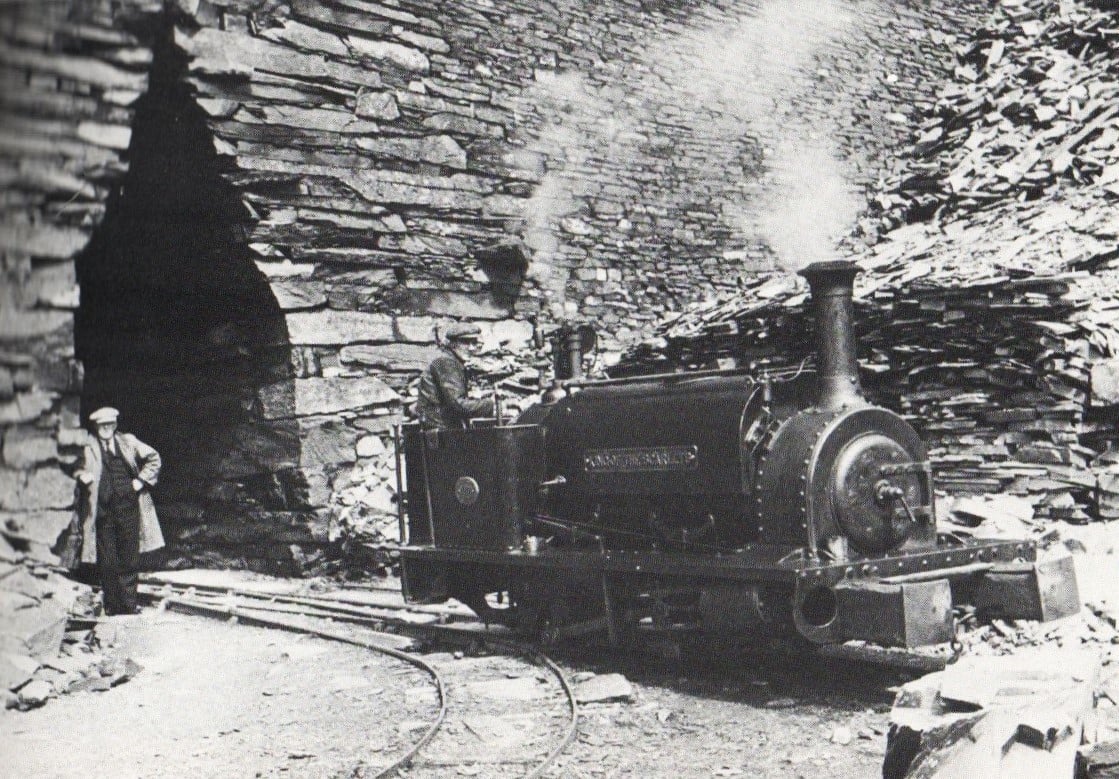
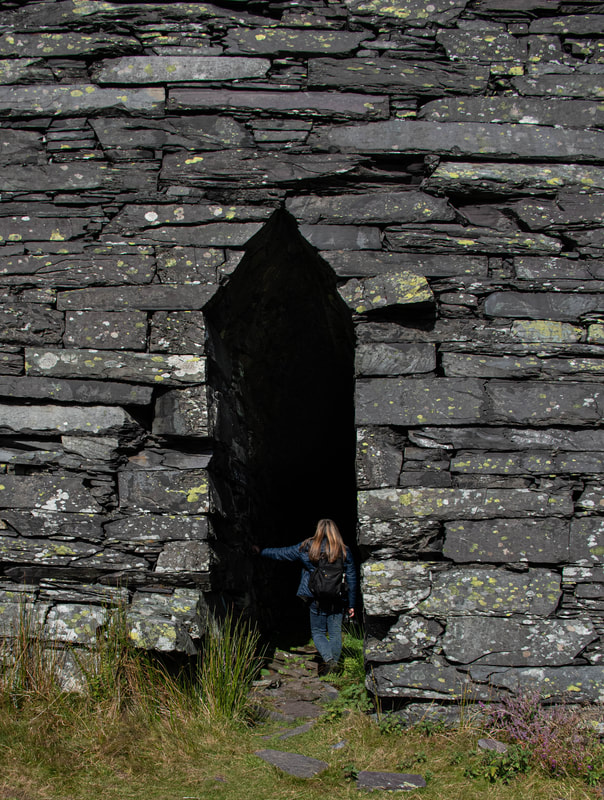
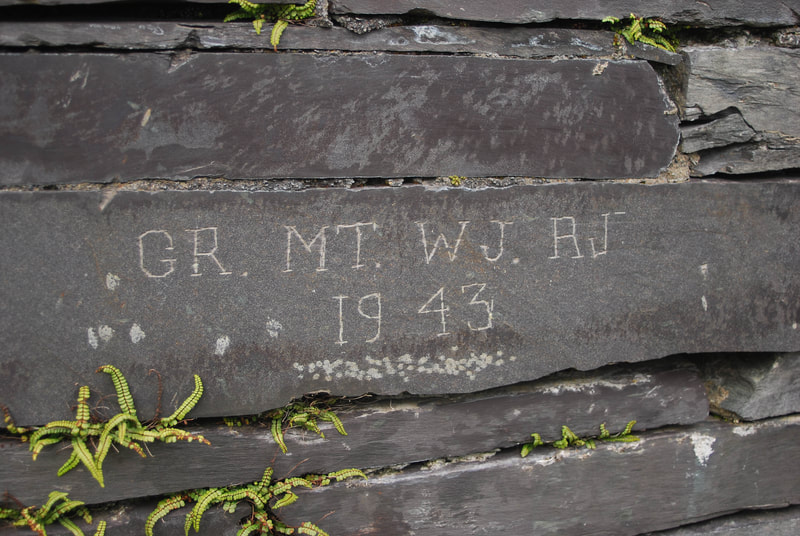
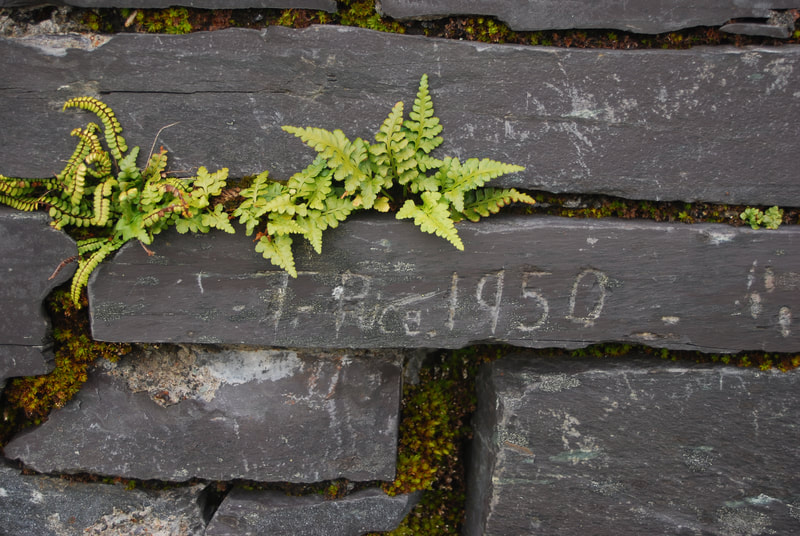
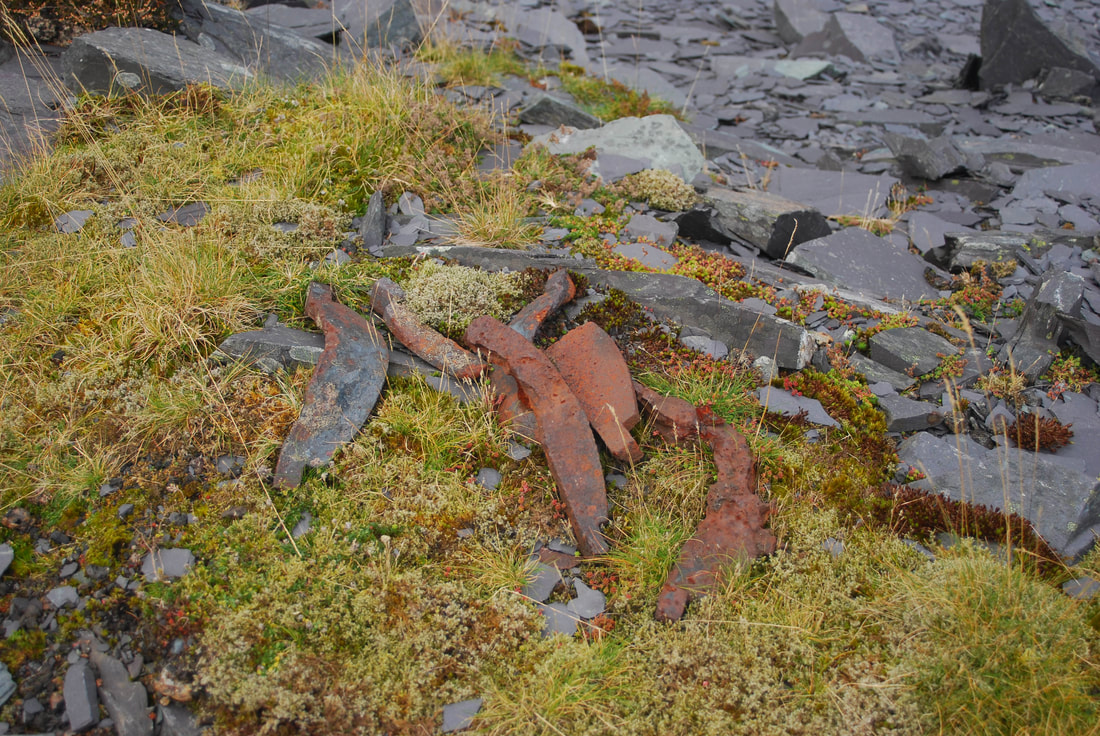
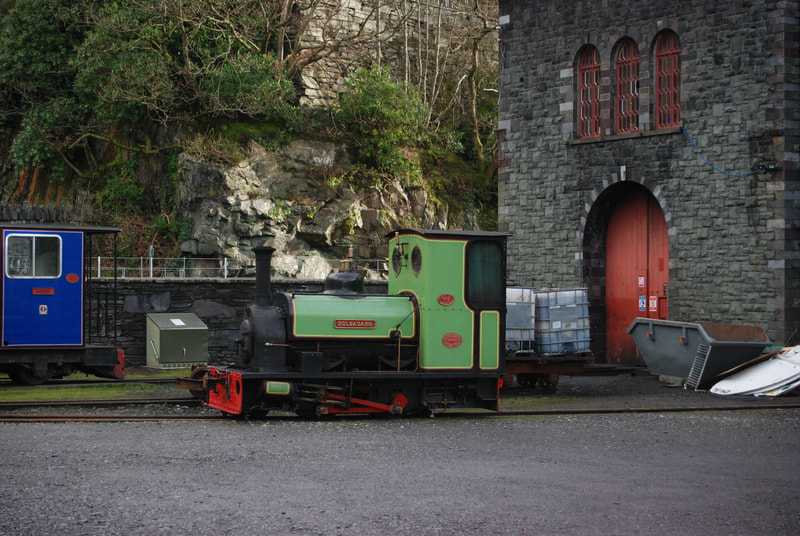
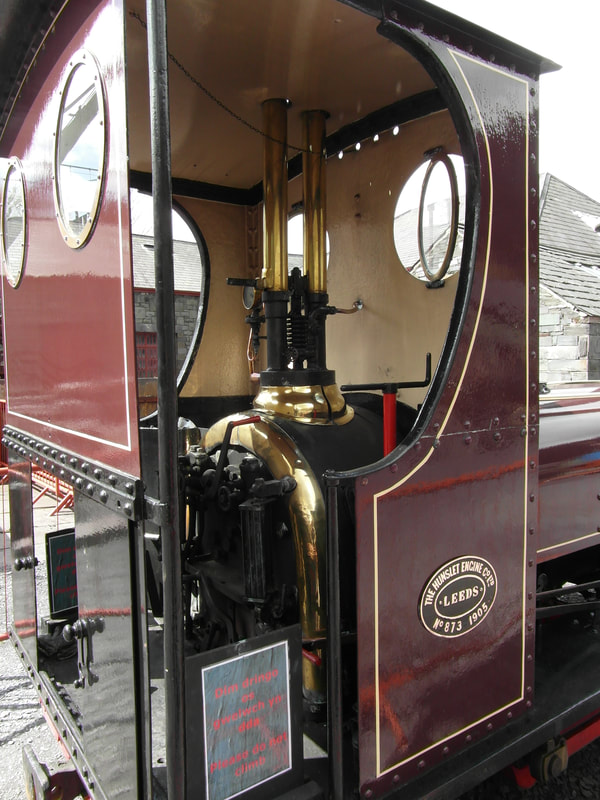
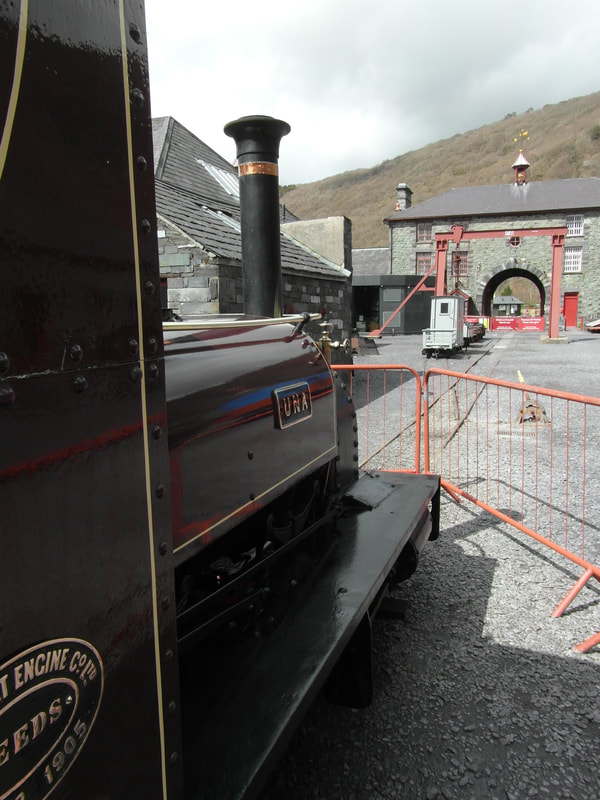
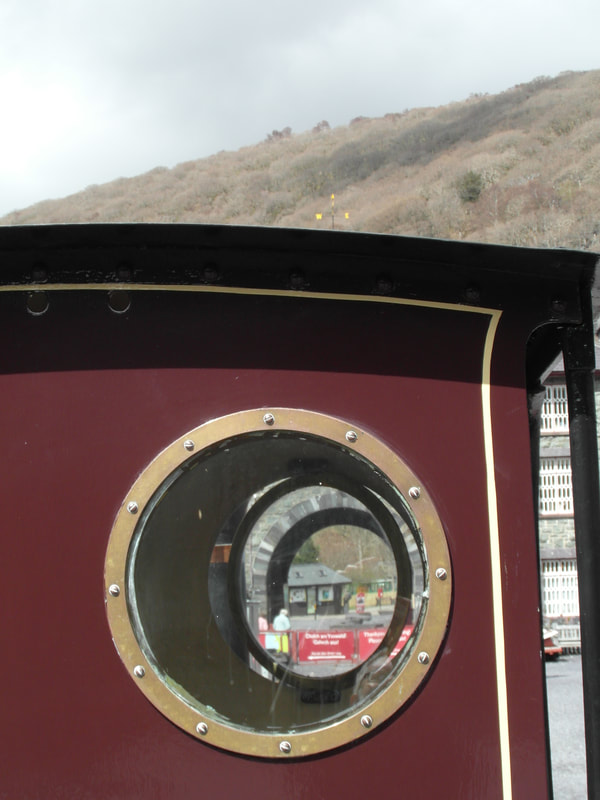
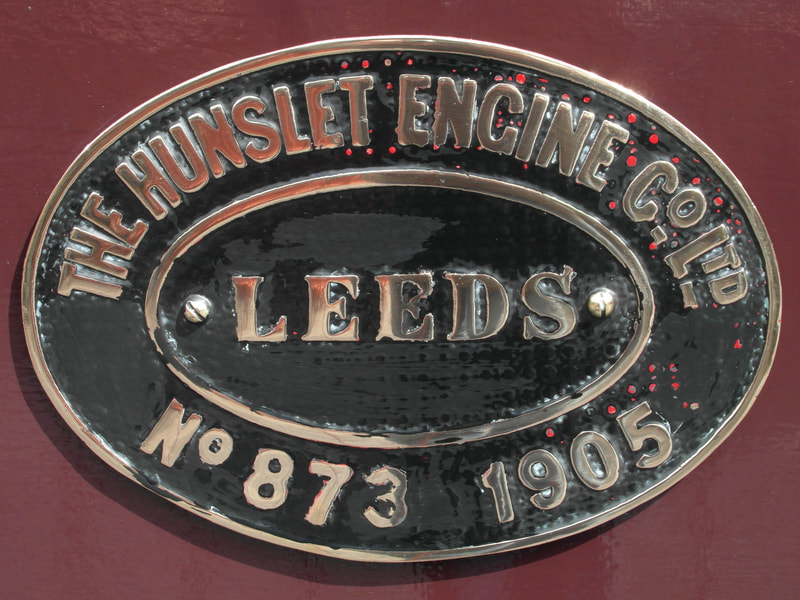
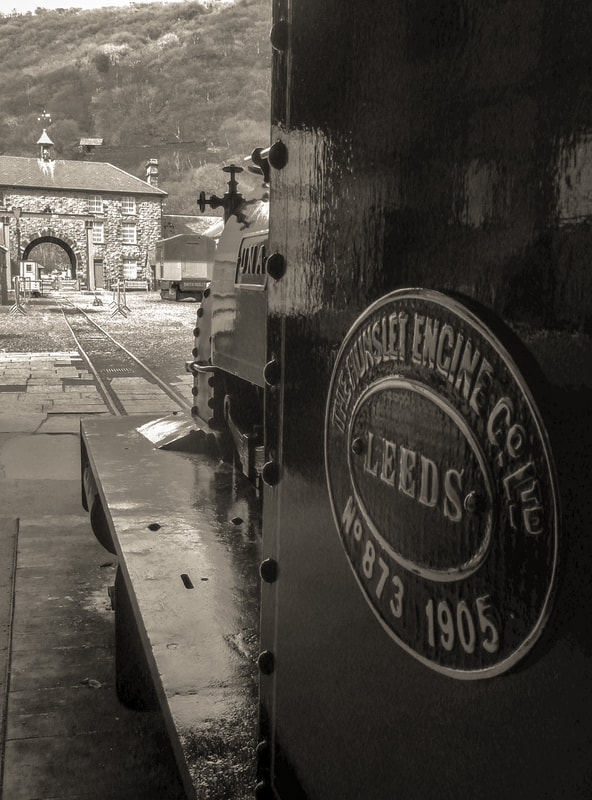
 RSS Feed
RSS Feed